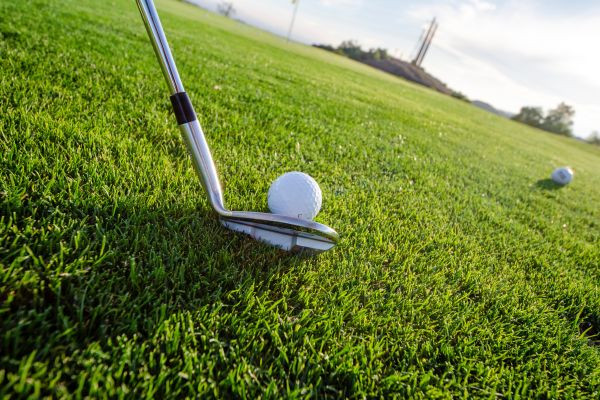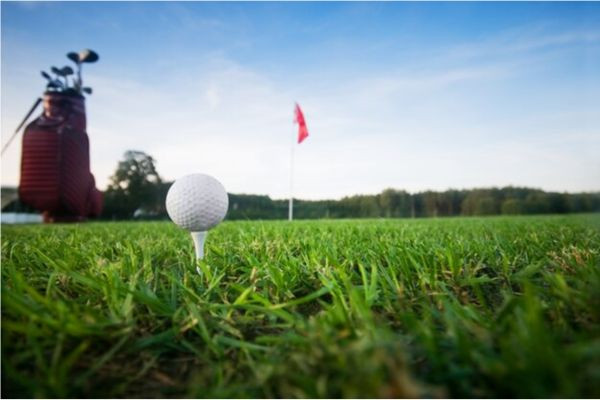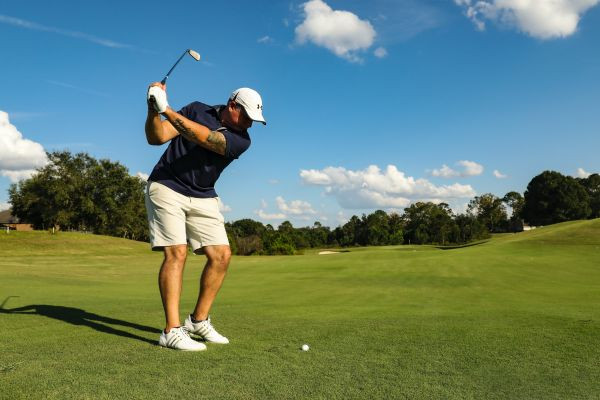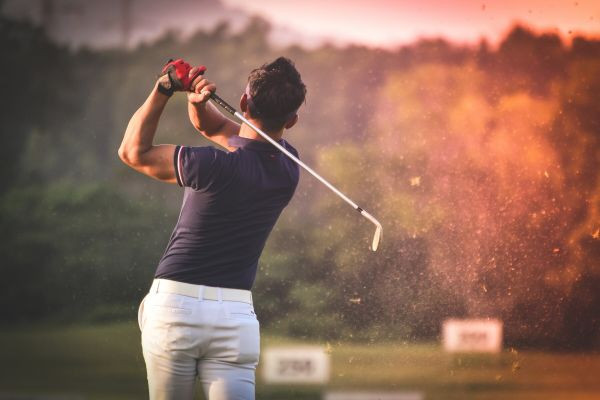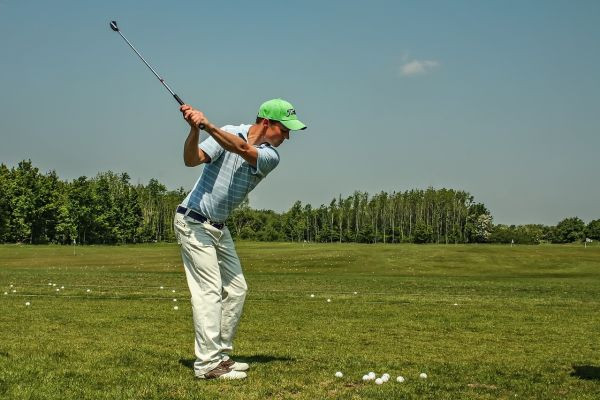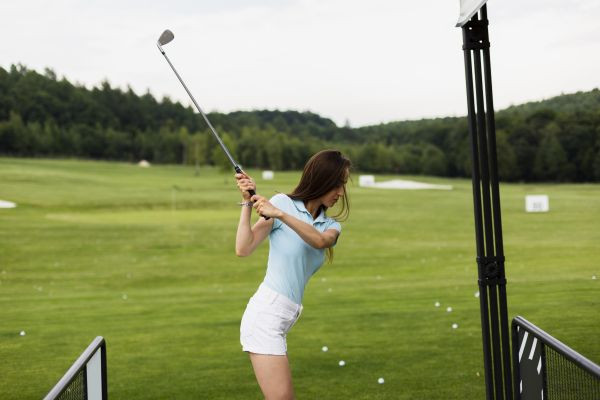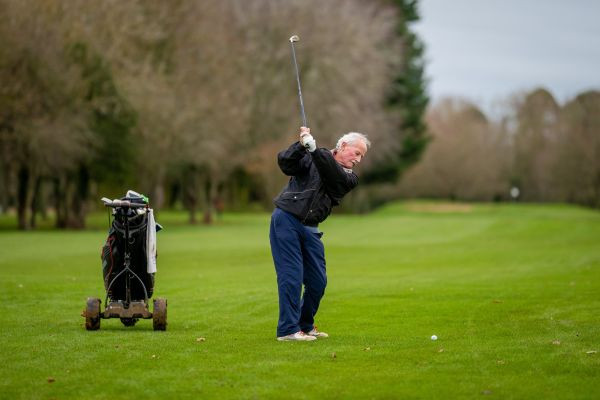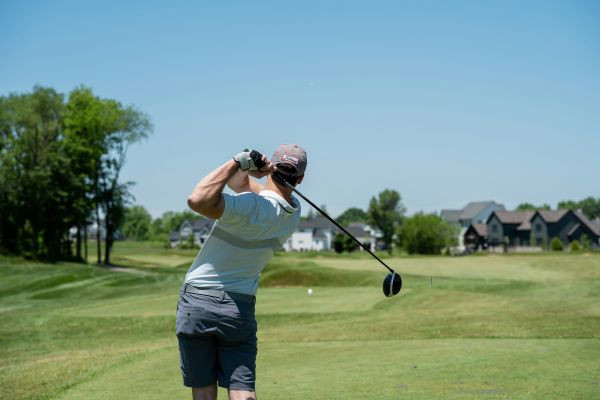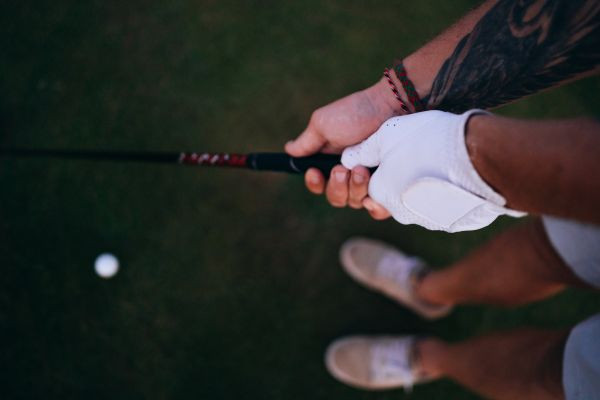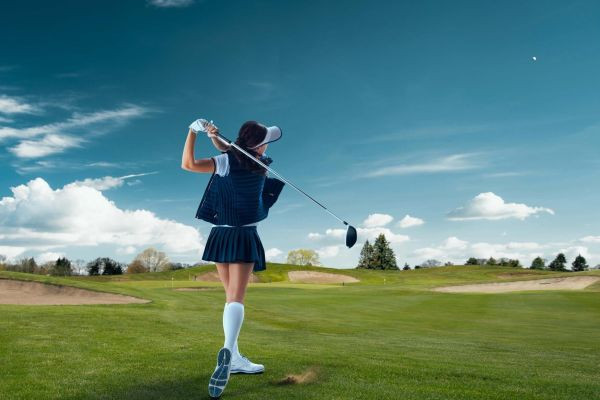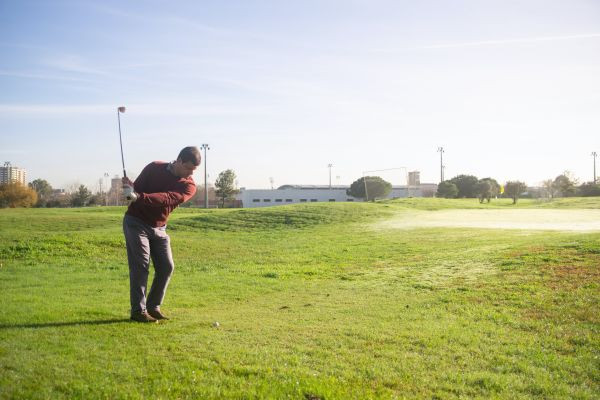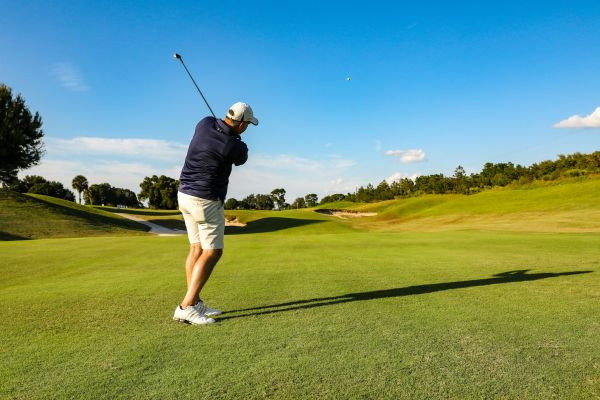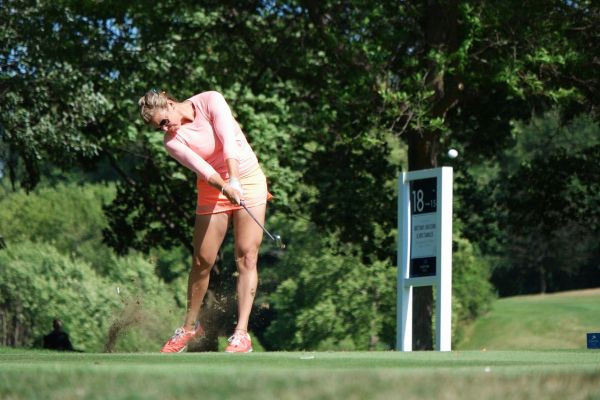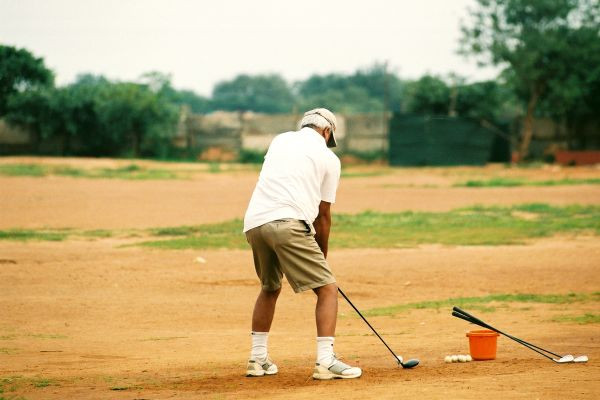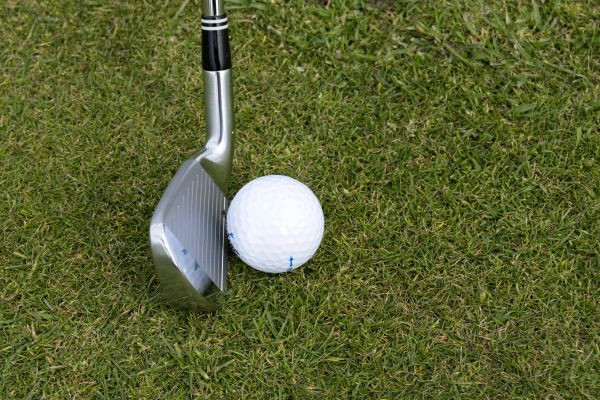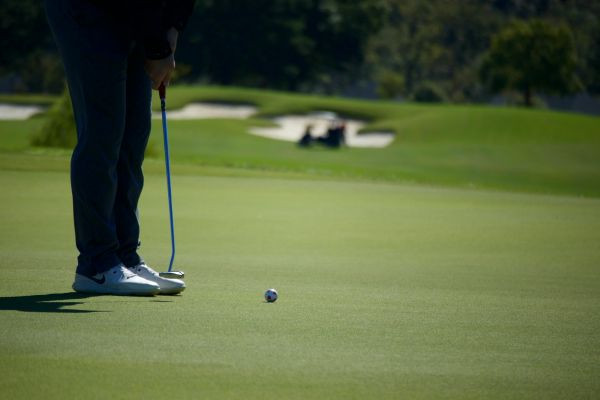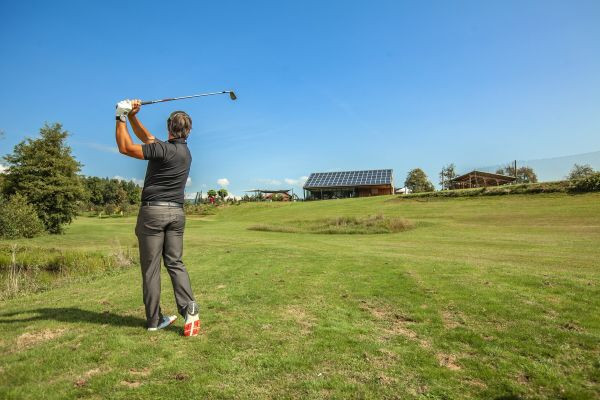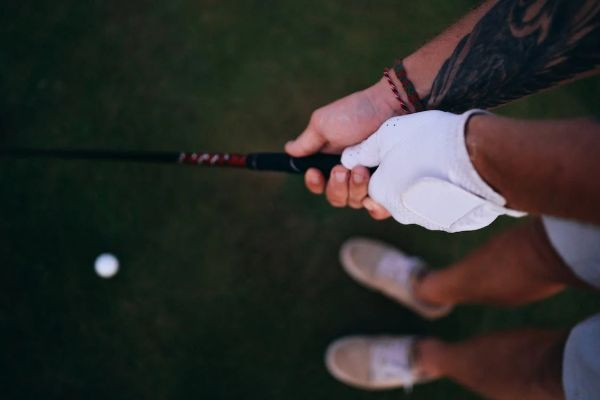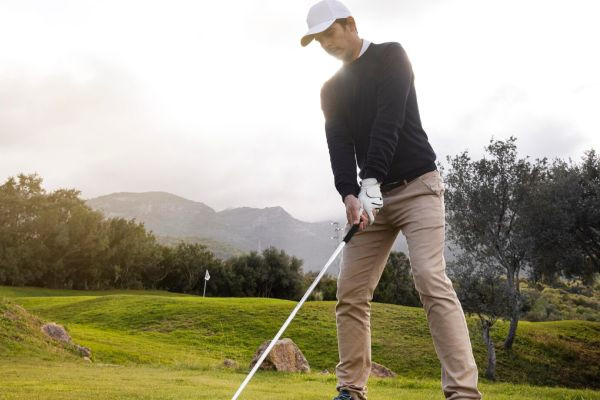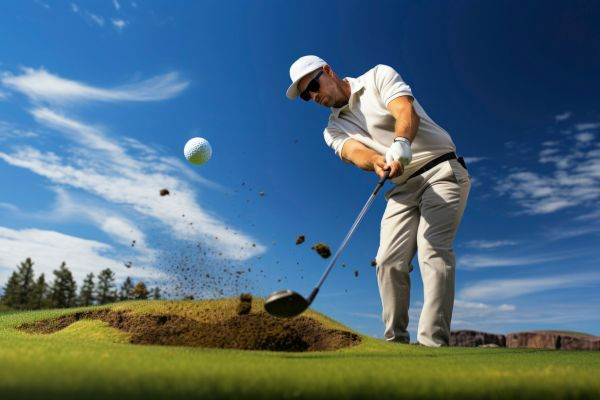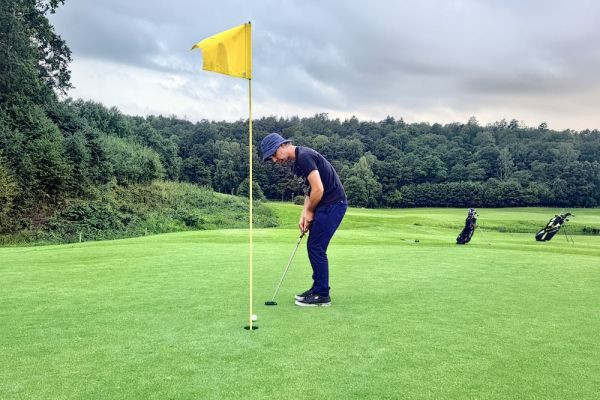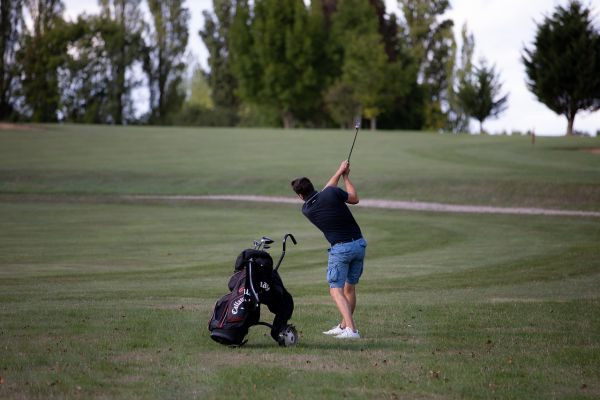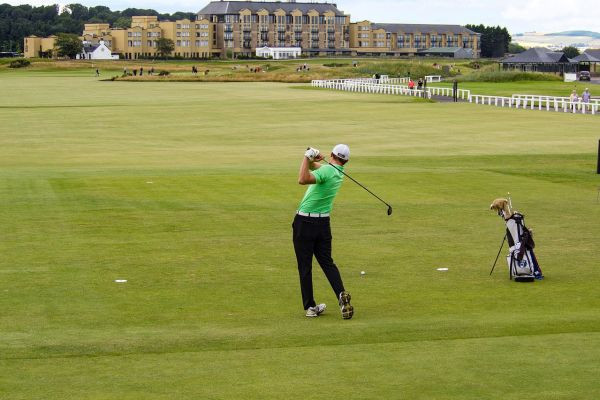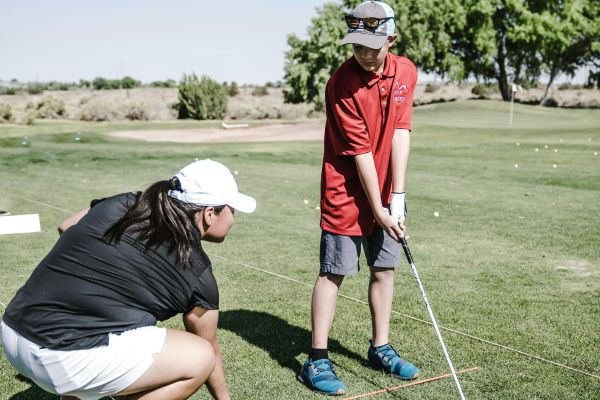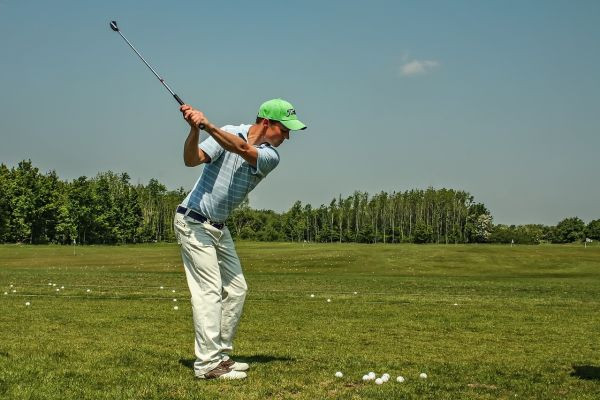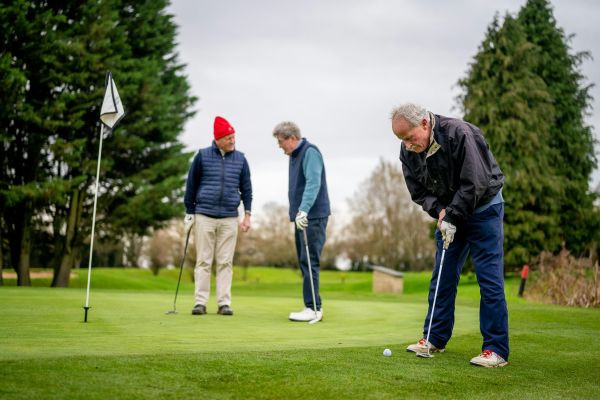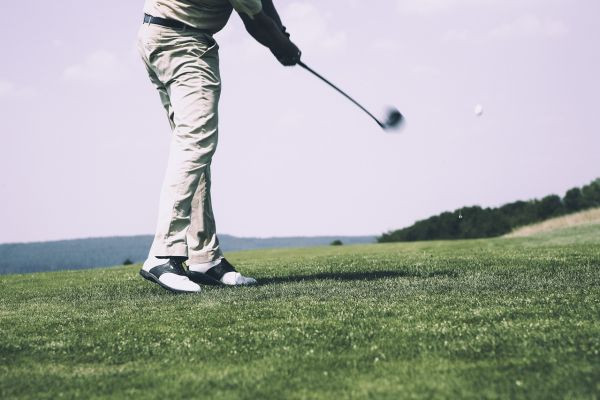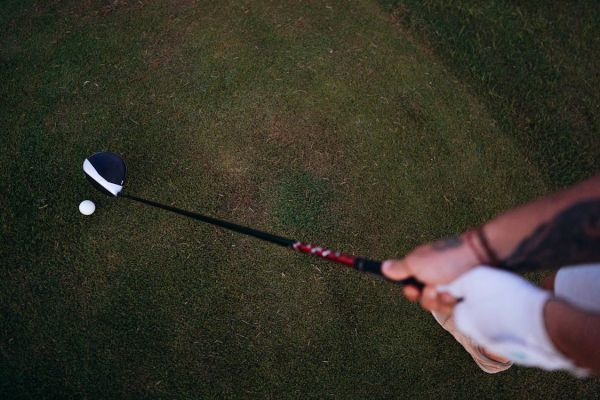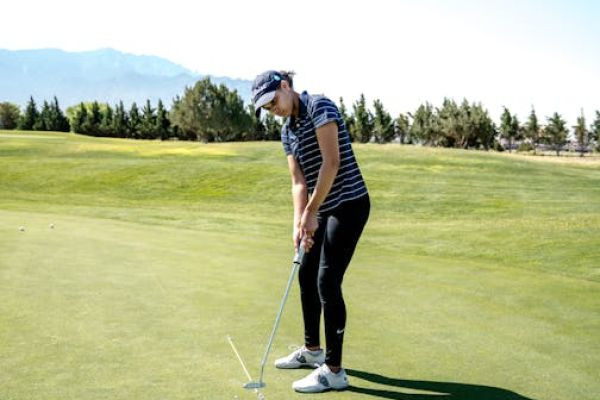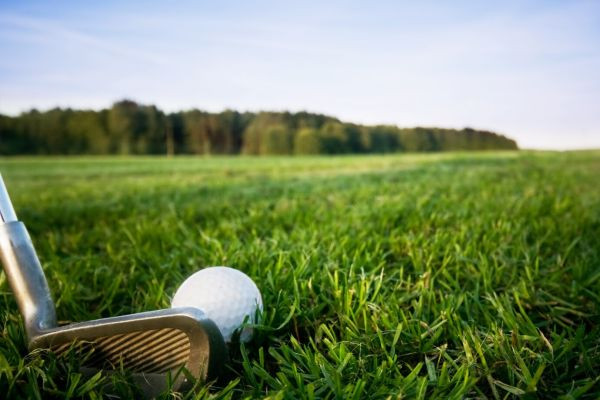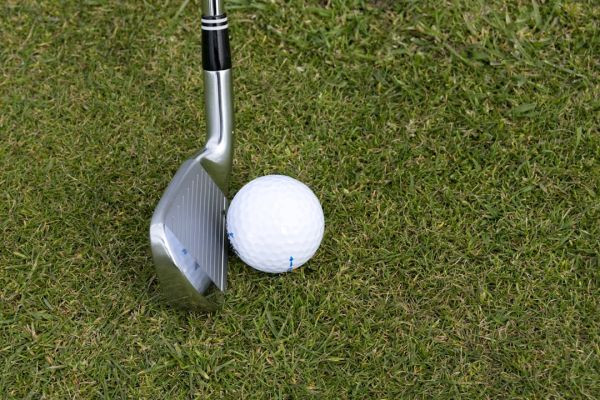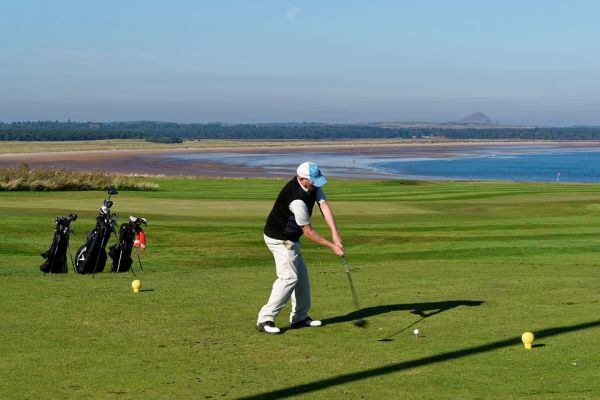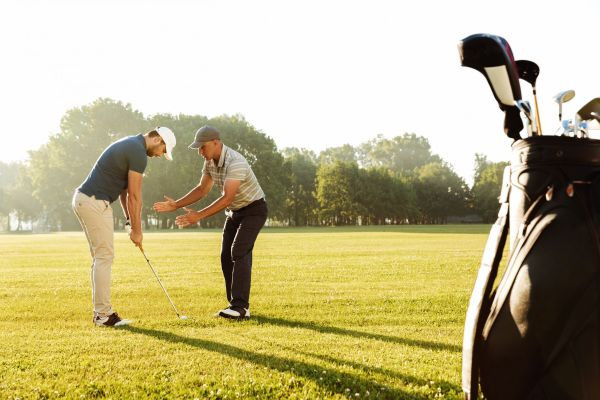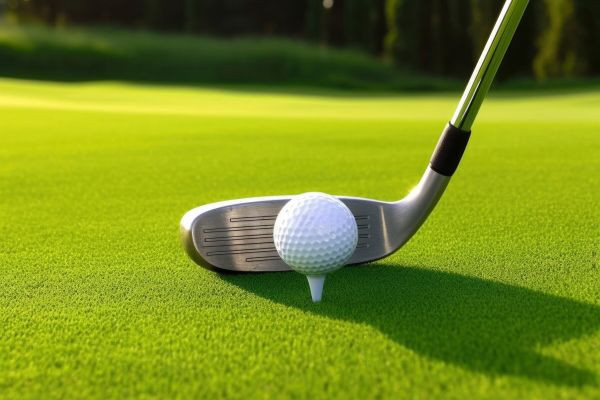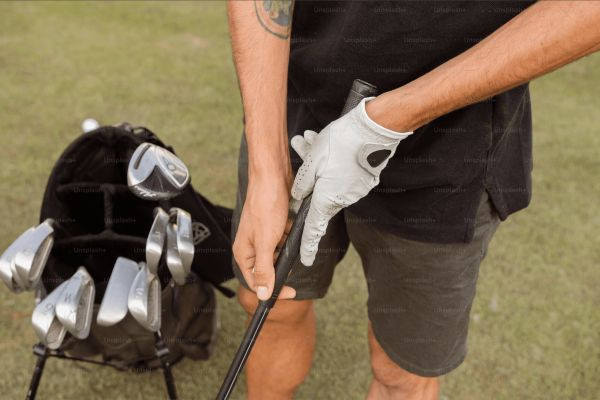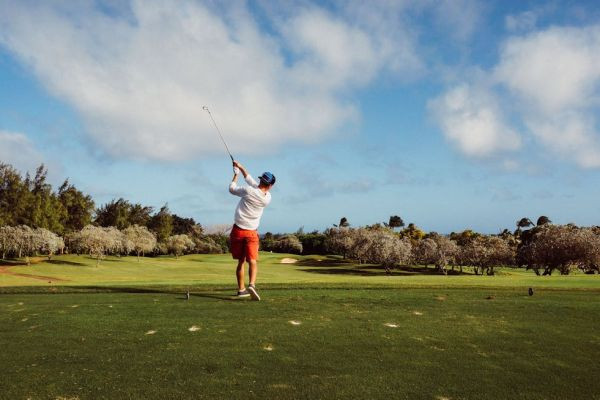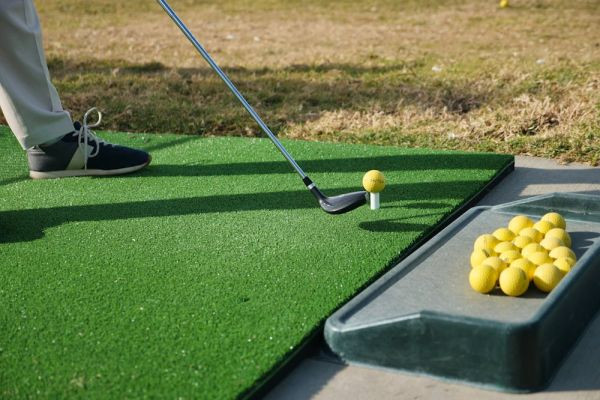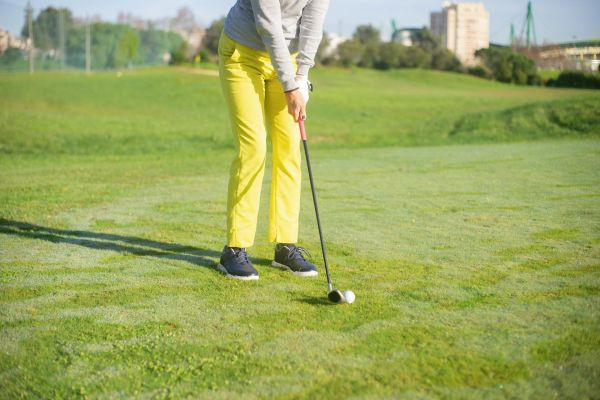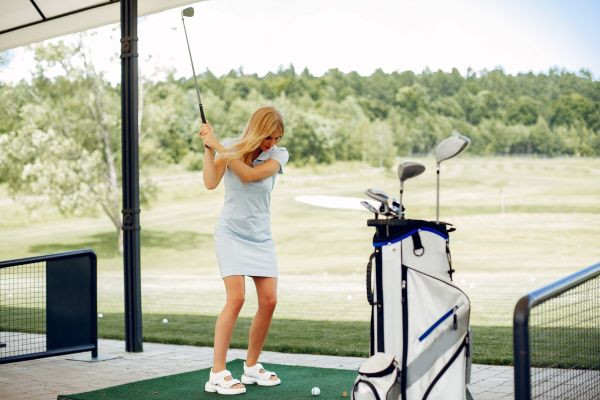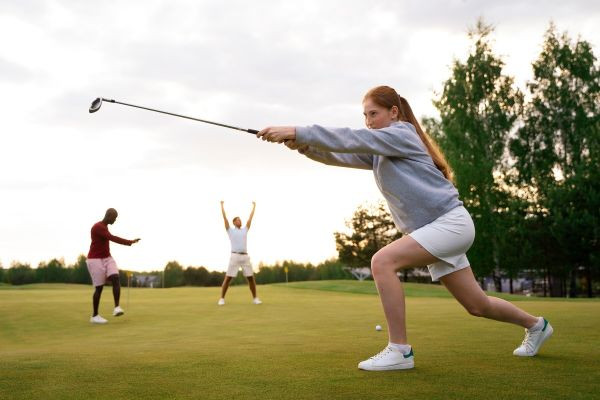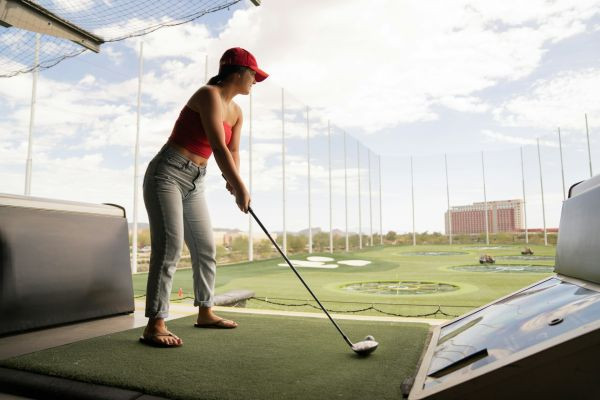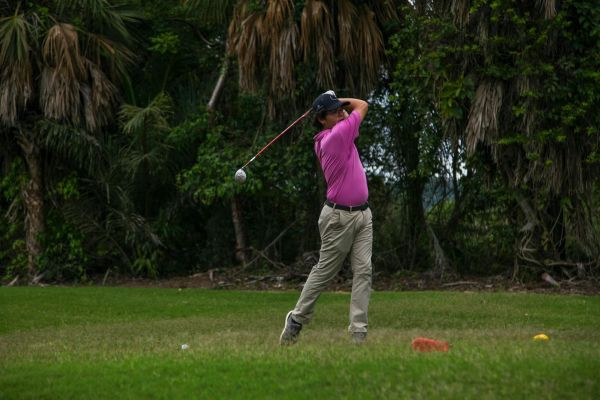Shallowing Your Club? Here's the Major Mistake You Need to Steer Clear Of
When it comes to golf mastering your swing is an art form in itself. Among the myriad of techniques to master shallowly, your club can be a game-changer. But here's the catch: it's easy to fall into a..
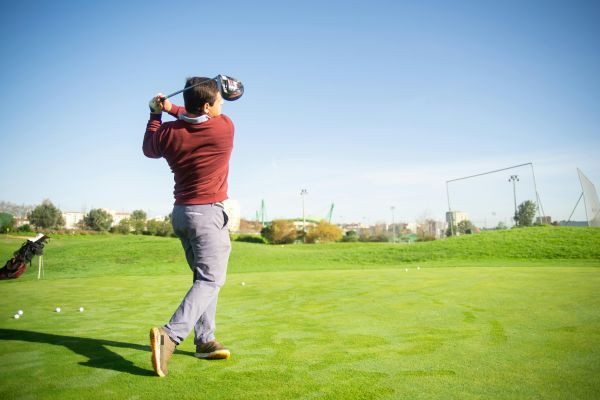
When it comes to golf mastering your swing is an art form in itself. Among the myriad of techniques to master shallowly, your club can be a game-changer. But here's the catch: it's easy to fall into a major mistake that can set your game back. Let’s dive into the concept of shallowing the pitfalls to avoid and how to perfect this technique.
The Concept of Shallowing the Club
What Does Shallowing Mean?
Shallowing the club is all about adjusting the angle of the club shaft during your downswing. Imagine this: as you initiate your downswing the shaft of your club moves in such a way that it's flatter or more horizontal than it was during your backswing.
This isn't just a random adjustment—it's a deliberate technique that changes how your club approaches the ball. The essence of shallowing lies in its ability to create a more inside-out path for the clubhead which is a critical factor in hitting powerful accurate shots. This technique is about finesse and timing requiring a golfer to blend skill with precise physical execution.
Benefits of Shallowing Correctly
The advantages of mastering the technique of shallowing your club are significant and can take your game to new levels. Here's why incorporating the shallow club movement into your skills is beneficial:
Increased Power and Distance: When you execute the shallow club movement it allows for an efficient transfer of energy, from your body to the ball. This is because a flatter swing plane enables you to utilize the force generated by your body effectively. As a result you can achieve longer distances without needing to increase your swing speed.
Enhanced Accuracy: A proper shallow approach reduces the likelihood of coming over the top, which's a common mistake leading to slices in golf shots. By encouraging an inside out swing path it increases the chances of hitting shots on target. This means fewer shots veering off to the right for golfers (or left for left handed golfers) resulting in more fairways hit and better greens in regulation.
Improved Ball Striking: Shallowing assists in achieving more solid contact with the ball. This is partly due to optimizing the angle of attack and improving clubface positioning, at impact.
Natural Body Rotation: One helpful technique for achieving a better swing is to focus on the rotation of your body. By aligning the movements of your hips, shoulders and arms you can reduce strain on your body and minimize the risk of injury. Not only does this smoother motion feel more comfortable but It also enhances the overall consistency of your swing.
Flexibility in Shot Making: When it comes to shot making, mastering a shallow club approach opens up a world of possibilities. It allows for creativity on the golf course – from shaping your shots to adjusting trajectories. Whether you're contending with headwinds or trying to navigate around obstacles, executing a controlled shallow swing will provide you with the versatility needed to tackle any situation.
Common Mistakes When Shallowing the Club

Source:https://pixabay.com/photos/golf-woman-tee-golf-clubs-cool-83876/
However there are some mistakes that golfers often make when attempting to achieve a shallow club approach. These range from having an angle of attack resulting in thin or fat shots to misjudging the timing of their swing movement which can lead to either premature or delayed contact with the ball.
One crucial aspect of golf technique is maintaining body alignment throughout the swing. If your feet, hips or shoulders are not properly positioned at setup or, during the swing it can result in shots and a lack of control over the ball's flight path.
Among the common errors that golfers make there is one that stands out due to its frequency and its significant impact on performance; over rotation.
The Major Mistake: Over Rotation
Over rotation occurs when there is an excessive turning of the hips or shoulders, during the downswing. This mistake goes beyond the range of motion needed for a golf swing and leads to a series of compounding errors that negatively affect both execution and outcome of each shot.
When a golfer over-rotates, the swing path can become too inside, causing the club to approach the ball from an overly aggressive angle. This not only disrupts the intended flight path of the ball but can also compromise the golfer's balance and stability, making it difficult to maintain consistency across shots.
Why It's Detrimental
Over rotation can severely impact a golfer's ability to control both the direction and distance of their shots. Here's why:
Loss of Control: Excessive rotation causes a misalignment between the clubface and the ball at the point of impact, leading to shots that are off-target and difficult to predict.
Power Leakage: The kinetic chain—a sequence of movements that generate and transfer energy from the golfer's body to the ball—is disrupted by over rotation. Instead of harnessing the full potential of their swing speed and power, golfers lose energy through inefficient motion, resulting in diminished shot distance.
Inconsistency: With over rotation, maintaining a consistent swing plane becomes a challenge. This inconsistency can manifest in a variety of shot errors, such as hooks, slices or even shanks, making it difficult for golfers to develop a reliable game.
Increased Risk of Injury: Over rotating not only affects performance but also increases the risk of injury. The excessive strain placed on the back, hips and shoulders can lead to discomfort and, in severe cases, long-term injury, especially if the golfer repeatedly practices this flawed motion.
Identifying Over Rotation
When attempting to fine-tune your golf swing, recognizing the symptoms of over rotation can be a game-changer. Golfers often experience a range of issues that can be traced back to this common mistake but without a keen eye, these signs can be overlooked.
The most telling symptoms involve changes in the ball's flight and the golfer's control over their shots. Inconsistent ball striking is a prominent indicator, where the golfer finds it challenging to hit the ball cleanly on a consistent basis. This inconsistency often leads to a noticeable loss of distance, as the energy transfer from swing to ball becomes less efficient due to the excessive rotation.
A tendency to slice the ball—sending it veering off to the right for right-handed golfers and to the left for left-handed players—can also signal over rotation.
To truly identify over rotation, one effective method is comparing your swing to proper technique. This comparison can illuminate discrepancies in movement and alignment that might not be obvious at first glance. Video analysis or working with a coach can provide clear insights into where the swing deviates from the ideal path due to over rotation.
Technical Breakdown
The way over rotation can impact your swing is a long technical breakdown.
Consider the arms, hips and shoulders as the three pillars of the swing. Over rotation of any of these pillars can have a massive effect and cause the golfer to hit an obnoxious shot.
If your arms and shoulders are both aligned while rotating, your swing can be very smooth and controlled. Over rotation of the body can cause your arms to drop out of sync.
The hips are the biggest turner of the swing. The rotation that can be generated from your hips will determine the speed and power you can create from your swing. Over rotation is a big cause of loss of power and an increase in inconsistency with your shots.
Shoulders play a substantial role in determining the shape and direction of your swing. Over rotation of your shoulders can change your swing path drastically, causing a slice and further inconsistency in your ball striking.
Correcting Over Rotation
Corrections to excess rotation are best approached according to one's swing mechanics. The first corrective action is to adjust one's grip on the club. A wrong grip can either be too tight or incorrectly aligned, forcing the hands and wrists to overcompensate, leading to excess shoulder turn and hip rotation.
Improving the stance is the next step in the sequence of corrections. Proper alignment of one's feet is essential. A proper stance provides balance, thereby decreasing the chances of excessive turning in one's swing. Getting the feet, hips and then shoulder's alignment correct at the set-up ensures that the swing is following the lead.
To compensate for the excess rotation of the hips and chest, practicing specific drills is the next method for corrective action. These drills also increase awareness of one's body and promote better synchronization between the arms, hips and shoulder rotation. Regular practice also makes one more secure and better at controlling these alignments.
Drills and Exercises
Drill 1: The Towel Drill
The Towel Drill is a simple exercise that helps promote controlled motion in your golf swing. To do this drill you'll need a golf towel. Start by placing the towel under both armpits and hold it there as you get into your swing stance.
The objective of this drill is to keep the towel in place throughout your swing from start to finish. This drill helps maintain the distance between your arms and body which is crucial for a compact and efficient swing. By preventing your arms from moving away from your body you reduce the risk of over rotating your hips or shoulders resulting in a more synchronized swing.
What makes the Towel Drill great is its simplicity and immediate feedback. If the towel falls during the drill it's an indication that your arms are disconnecting from your body, which often leads to over rotation.
Drill 2: The Chair Drill
The Chair Drill focuses on an aspect of hip movement ensuring that your hips move correctly and efficiently throughout each swing.
Correct hip movement is crucial for generating power and maintaining balance during your swing. However it's common for over rotation to occur in this area.
To practice this drill, position a chair outside your hip when you address the ball. As you begin your backswing aim to make contact with the chair using your hip. This contact encourages a hip turn preventing rotation that can negatively impact your swing mechanics. The tactile feedback from the chair helps develop your awareness of how much rotation's necessary promoting a swing while maintaining control and balance.
Consistent practice with the Chair Drill can greatly improve your hip mobility and control resulting in an effective swing.
Drill 3: Hip Rotation Exercise
The Hip Rotation Exercise is an effective method for improving hip mobility and control. Enhanced hip mobility is vital for achieving a balanced swing while avoiding over rotation.
This exercise can be performed with or without a golf club. It works as either part of a warm up routine or as an independent drill. Stand upright placing your hands on your hips or holding a club horizontally across your shoulders.
Shift your hips to the right and then to the left, paying attention to how you can move them and how smoothly you can do so. The important thing is to focus on rotating your hips without moving your shoulders or feet. This exercise helps strengthen and increase flexibility in the muscles, for hip rotation.
As your hip mobility improves you'll notice that executing a controlled and powerful swing becomes easier without having to rotate your hips or shoulders.
Advanced Techniques
When one starts with golf, the broad requirements are to understand golf swings, golf expertise and how to fit them all into the game. As the game slowly progresses, the techniques also change.
For a beginner golfer, expert golfer or a professional golfer, a few fine techniques would serve the player a whole lot better than any other techniques. Whenever you are playing a particular shot, you need to be sure that your swing is molded in a unique and specific way.
The adjustments required will vary based on the golfer's stance, the pressure of their grip, the speed of their swing and the width of their stance, among other factors. To fully grasp the technique, it's essential to experiment with all methods. Altering even a minor detail in the execution of a precise shot can impact the shot's trajectory, shape and distance.
Conclusion
Achieving maximum leverage of your golf club is a game-changer but be aware of 'over rotation' while shallowing the golf club. Identifying warning signs and implementing the necessary adjustments are crucial steps in improving your game. Regular practice through drills is also essential for honing your skills. Regardless of whether you play golf occasionally or regularly, patience and dedication are key virtues you must embody during practice and learning phases of the game.
Frequently Asked Questions (FAQs)
What is the most common sign of over rotation in a swing?
One common sign of over rotation is a consistent slice or a loss of control over the strokes. It becomes difficult to balance during and after rotation, leading to inconsistencies during the ball strike and power is lost in the stroke.
How often should I practice drills to correct over rotation?
Regular practice of these drills two to three times a week would be best to correct over rotation. Consistent practice is essential as practicing repeatedly helps you to produce the correct motion in your body. When you achieve this, it helps to impact a more steady and powerful swing.
Are there specific exercises to improve hip mobility for golf?
Yes, to enhance hip mobility for golf, engaging in exercises such as hip circles, lunges with a twist and standing hip hinges is highly effective. These exercises will help to boost the range of motion and strength of your hips. With better hip movement, the swing becomes more efficient and stronger.



